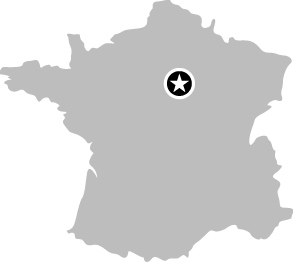015
Musée Curie, Paris, France
![]()
![]()
Radium
Visitors to the Musée Curie at the Institut Curie, where Marie Curie worked with radioactive materials with absolutely no safety equipment, will be happy to know that the building was decontaminated in the 1980s, making it safe to visit. The Curies were so unaware of the danger of radioactivity that Pierre Curie carried a sample of radium around in his pocket to show people, and Marie Curie had a glowing jar of radium salt as a night light.
The museum covers the life and work of two couples: Pierre and Marie Curie, and their daughter and her husband, Irène and Frédéric Joliot-Curie.
Pierre and Marie Curie discovered the radioactive elements polonium (named after Marie Curie’s home country, Poland) and radium; they were also the first to use the word radioactive. The Joliot-Curies discovered “artificial radioactivity”—they were able to take a non-radioactive element like aluminum and make it radioactive by bombarding it with alpha particles emitted by polonium. All four of the scientists won Nobel Prizes.
The main part of this small museum consists of Marie Curie’s office and her chemistry laboratory. Both have been ...


